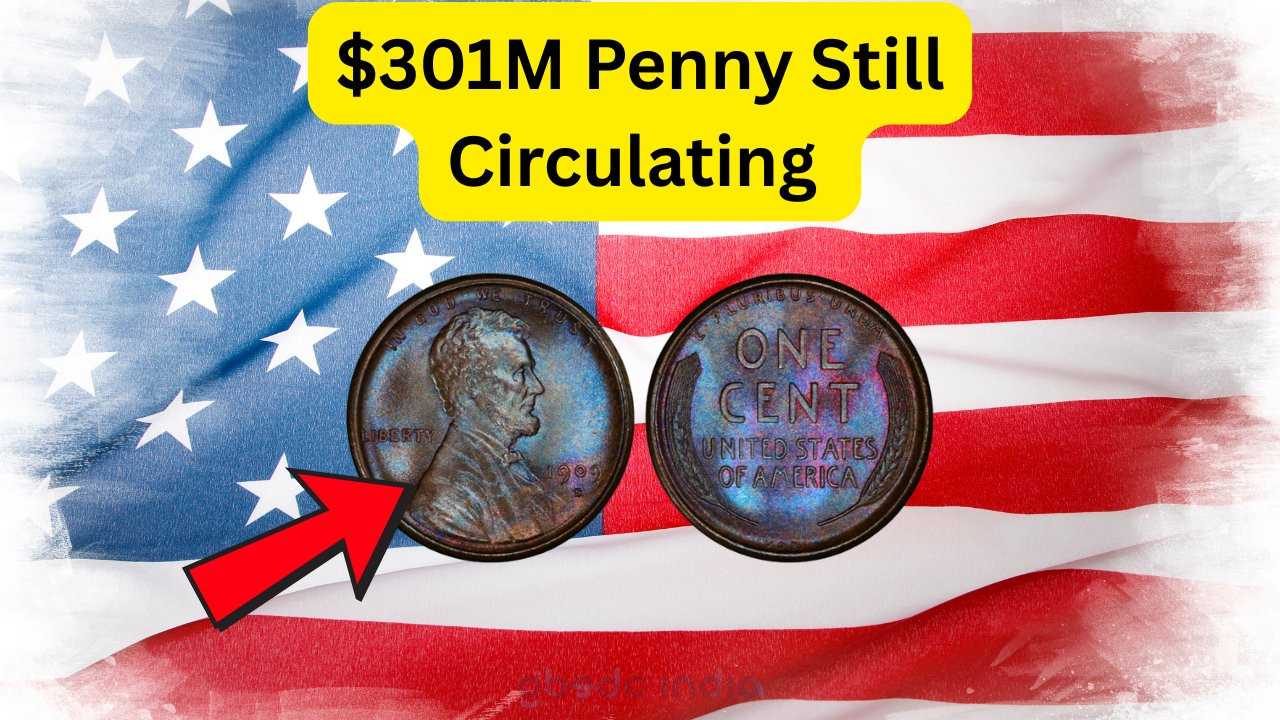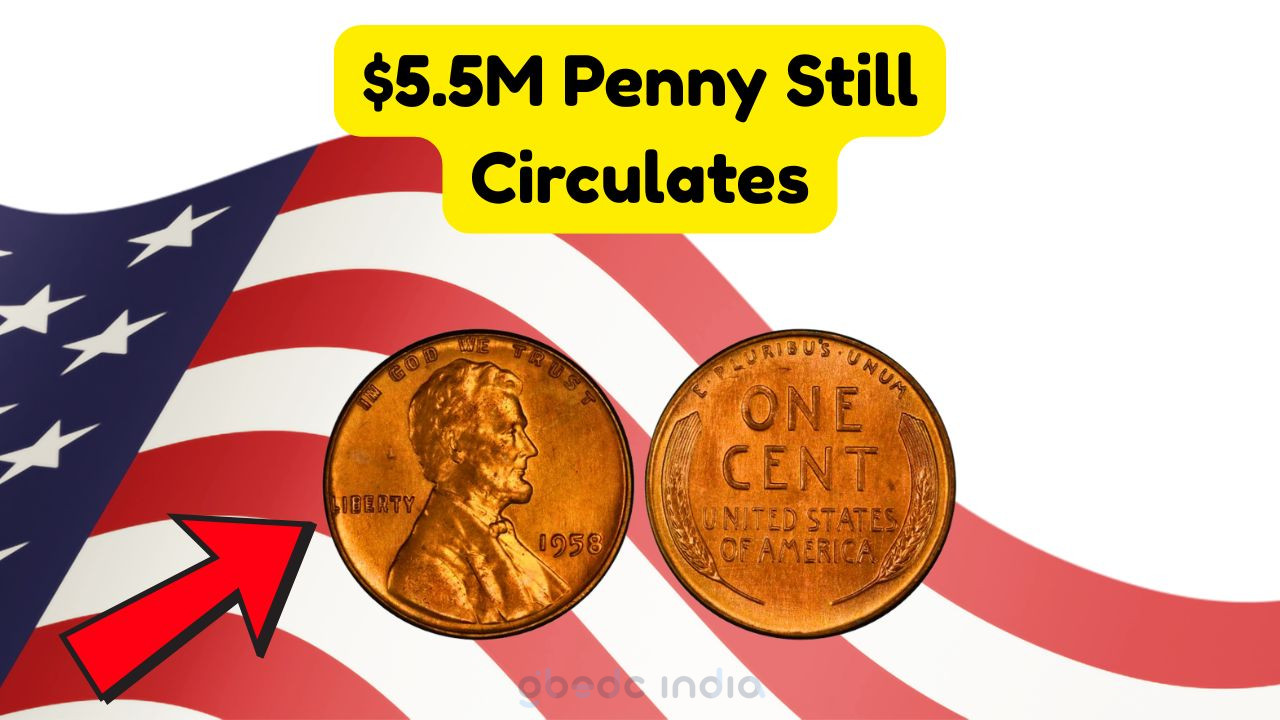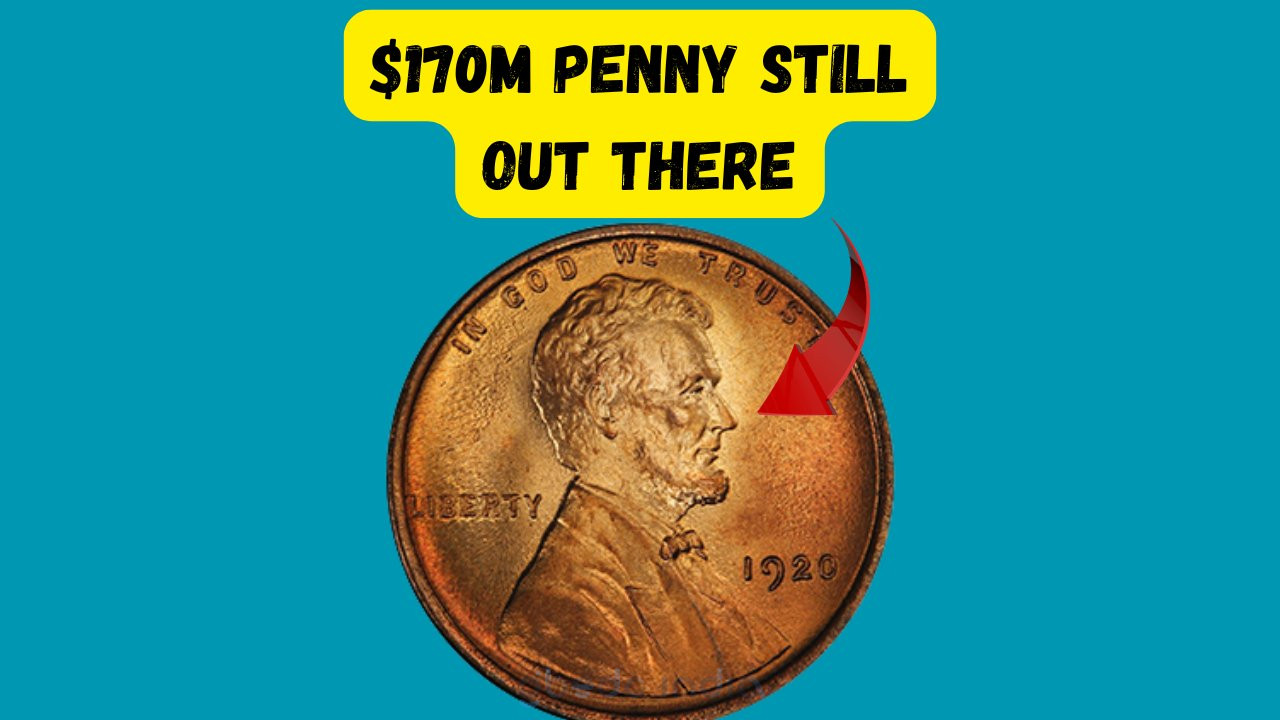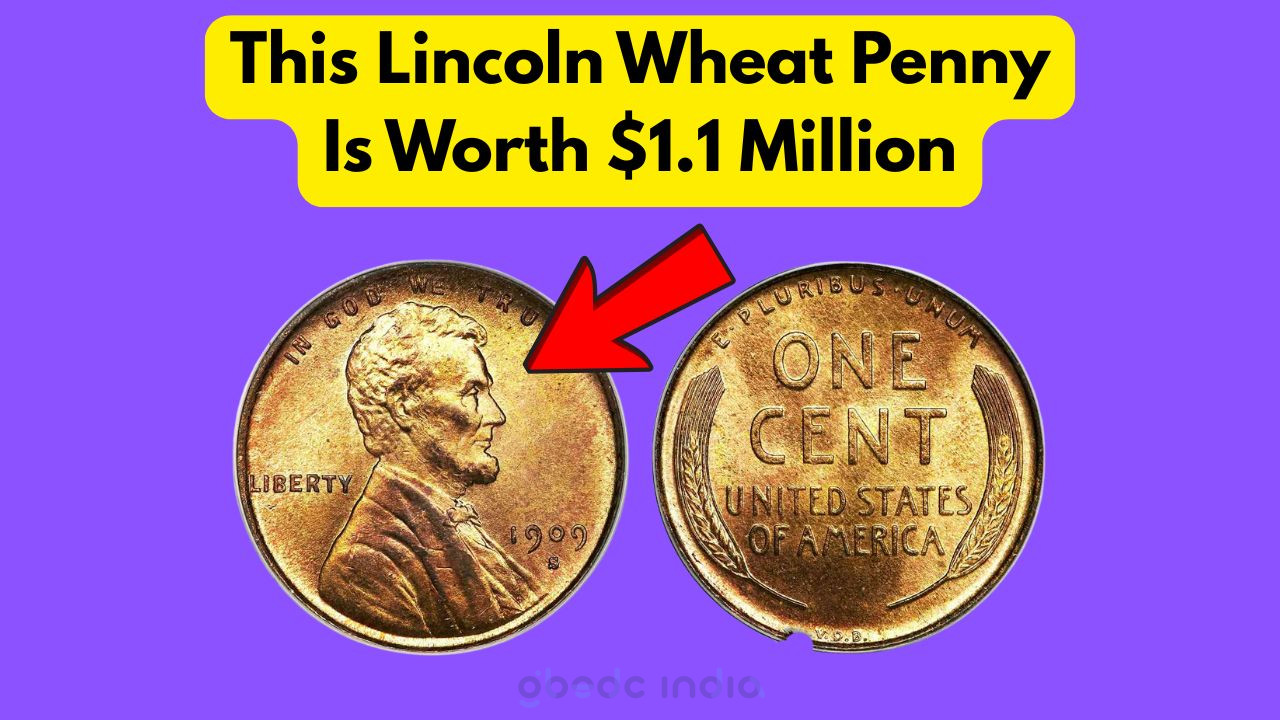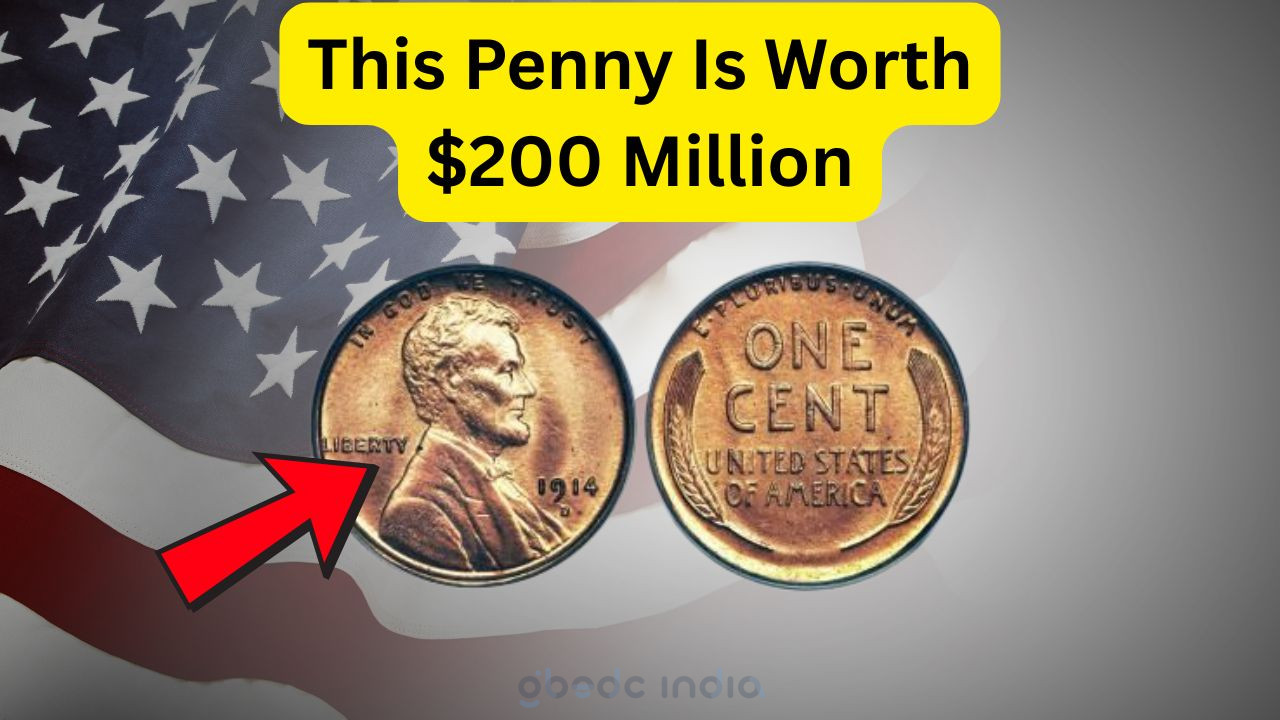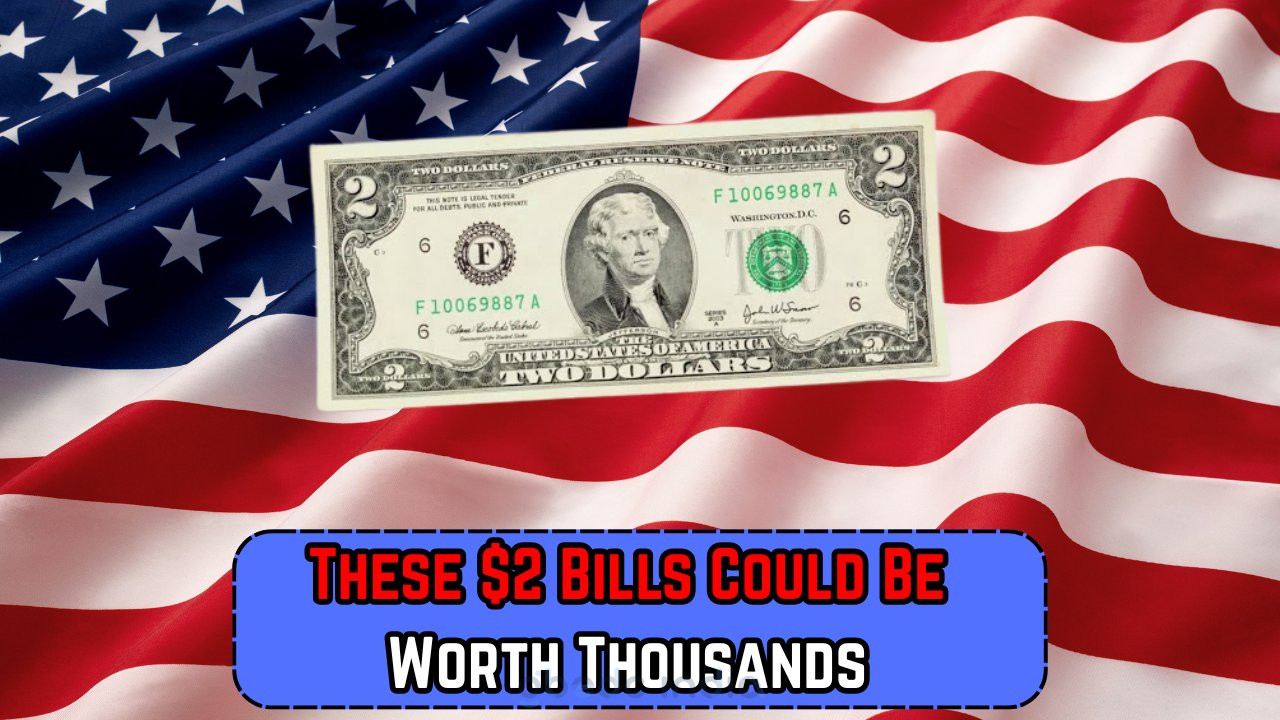Lincoln Wheat Penny Fortune
Unveiling the $301 Million Lincoln Wheat Penny Treasure
Lincoln Wheat Penny Fortune: The excitement of uncovering a hidden treasure is a dream many hold dear, and for coin collectors, the allure of the Lincoln Wheat Penny is akin to finding hidden gold. This American coin, first minted in 1909, possesses a charm that goes beyond its monetary value. While most pennies are worth their weight in copper, certain Lincoln Wheat Pennies have fetched exorbitant amounts at auctions, escalating from a mere cent to a staggering $301 million fortune. This blog explores the fascinating history, the key factors that make these coins valuable, and how you might discover one of these hidden gems in your own pocket change.
- The story behind the Lincoln Wheat Penny
- Identifying valuable Wheat Pennies
- Factors affecting the value
- How to preserve your coins
- Famous sales of Lincoln Wheat Pennies
The Origins of the Lincoln Wheat Penny
The Lincoln Wheat Penny, introduced in 1909 to commemorate the centennial of Abraham Lincoln’s birth, was the first U.S. coin to feature a president’s portrait. Designed by Victor David Brenner, the coin’s obverse side depicts Lincoln’s profile, while the reverse showcases two ears of wheat, symbolizing prosperity. This design was revolutionary and marked a new era in American coinage, capturing the nation’s admiration for Lincoln’s legacy. While most Wheat Pennies are commonplace, those minted in certain years or with specific errors have become coveted treasures among collectors. The 1909-S V.D.B. is perhaps the most famous rarity, with its limited mintage making it a star attraction in numismatic circles.
- 1909-S V.D.B.: Limited mintage of only 484,000
- 1914-D: Known for its scarcity and demand
- 1922 No D: A minting error adds to its allure
- 1943 Bronze: Steel was used during WWII, making bronze errors rare
Identifying Valuable Lincoln Wheat Pennies
Identifying a valuable Lincoln Wheat Penny requires a keen eye and knowledge of specific characteristics that elevate these coins from ordinary to extraordinary. Collectors often look for distinct features such as mint marks, year of issue, and any minting errors that might exist. A mint mark indicates where the coin was produced and can significantly impact its value. For instance, pennies minted in San Francisco (marked with an ‘S’) were often produced in smaller quantities, enhancing their rarity. Moreover, certain years like 1909, 1914, and 1922 are particularly sought after due to their limited circulation or unique minting errors, making them a focal point for collectors and investors alike.
| Year | Mint Mark | Rarity | Estimated Value | Special Features |
|---|---|---|---|---|
| 1909 | S V.D.B. | High | $1,500+ | First year, limited mintage |
| 1914 | D | High | $280+ | Scarcity |
| 1922 | No D | Very High | $700+ | Minting error |
| 1943 | Bronze | Extremely High | $100,000+ | Error during WWII |
| 1955 | Doubled Die | High | $1,250+ | Minting anomaly |
| 1926 | S | Medium | $50+ | Lower mintage |
| 1931 | S | High | $110+ | Scarcity |
| 1944 | Steel | Very High | $75,000+ | Post-war anomaly |
Preserving the Value of Your Lincoln Wheat Pennies
Once you’ve identified a potentially valuable Lincoln Wheat Penny, preserving its condition is crucial to maintaining its worth. Coins are graded based on their condition, ranging from ‘Good’ to ‘Mint State,’ with the latter being the most pristine and valuable. Handling coins with care is essential; always hold them by the edges and consider using cotton gloves to prevent oils from your skin from affecting the metal. Storing coins in a climate-controlled environment helps prevent tarnishing and corrosion. Additionally, using acid-free holders or albums can safeguard them from physical damage. It’s advisable to consult with a professional numismatist to assess and possibly certify your coins, providing an official grade that can significantly enhance their market value.
- Handle with care: Use gloves or hold by the edges
- Proper storage: Keep in a stable, dry environment
- Use protective cases: Acid-free holders or albums
- Consider professional grading: Certification can increase value
Famous Sales and Auctions of Lincoln Wheat Pennies
Throughout history, several Lincoln Wheat Pennies have made headlines for fetching astronomical prices at auctions. These sales have not only highlighted the coins’ intrinsic value but also their cultural significance as collectibles. One of the most notable sales includes the 1943 bronze cent, which sold for over $1 million in a private transaction, a testament to its rarity and desirability. Auction houses like Heritage Auctions and Stack’s Bowers Galleries have frequently featured these coins, drawing in collectors and investors from around the globe. These events showcase the enduring appeal of the Lincoln Wheat Penny, transcending its humble beginnings to become a symbol of historical and financial intrigue.
| Coin | Year Sold | Price |
|---|---|---|
| 1943 Bronze Cent | 2010 | $1.7 million |
| 1955 Doubled Die | 2019 | $125,000 |
| 1909-S V.D.B. | 2005 | $270,000 |
| 1914-D | 2020 | $158,625 |
| 1922 No D | 2018 | $74,750 |
The Future of Lincoln Wheat Pennies
As time progresses, the allure of the Lincoln Wheat Penny continues to captivate coin enthusiasts and collectors. Its historical significance, combined with its potential for financial gain, makes it a staple in coin collecting circles. The market for these coins remains robust, with interest driven by both seasoned collectors and newcomers eager to discover a piece of history. Advances in technology, such as online auctions and digital marketplaces, have made it easier for collectors to buy, sell, and trade these coins, further expanding their reach and accessibility. As more people recognize the value of these pennies, the demand is likely to continue, ensuring that the legacy of the Lincoln Wheat Penny endures for generations.
- Continued demand: Interest remains strong among collectors
- Technological advancements: Online platforms enhance accessibility
- Educational resources: Increased awareness of coin value
- Growing market: New collectors enter the field regularly
- Preservation efforts: Ensuring coins remain in pristine condition
FAQs about Lincoln Wheat Pennies
What makes a Lincoln Wheat Penny valuable?
The value is determined by rarity, mint year, mint mark, and condition. Certain years and errors increase value significantly.
How can I determine the value of my Lincoln Wheat Penny?
Consult a numismatist or use online resources and guides to check mint marks, year, and condition.
Where can I sell my valuable Lincoln Wheat Penny?
Consider auction houses, coin dealers, or online platforms dedicated to numismatics.
Are all Lincoln Wheat Pennies valuable?
No, only specific ones with unique characteristics or errors hold significant value.
How do I preserve my Lincoln Wheat Penny?
Store in a dry, stable environment, use protective cases, and avoid handling directly.
